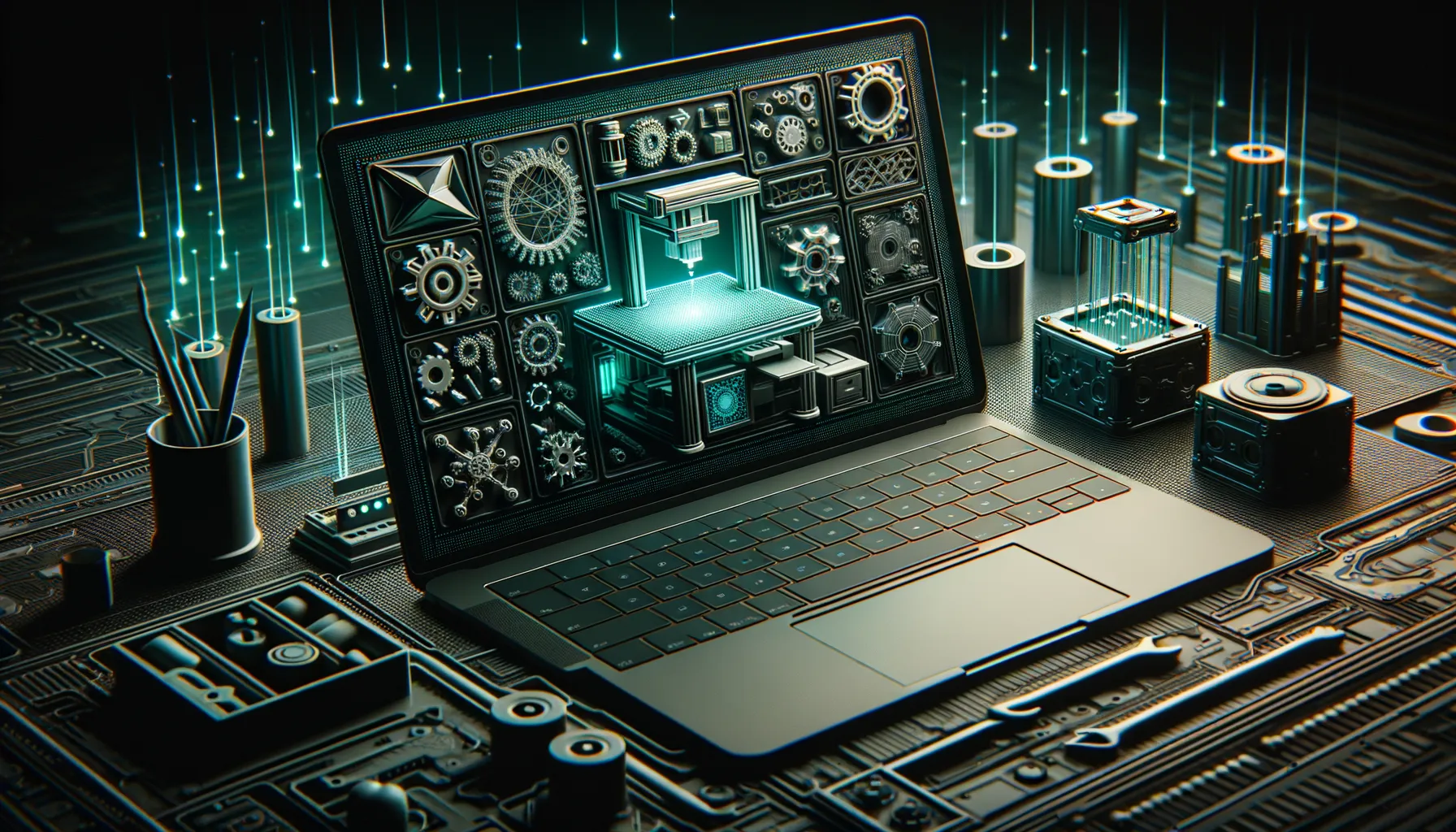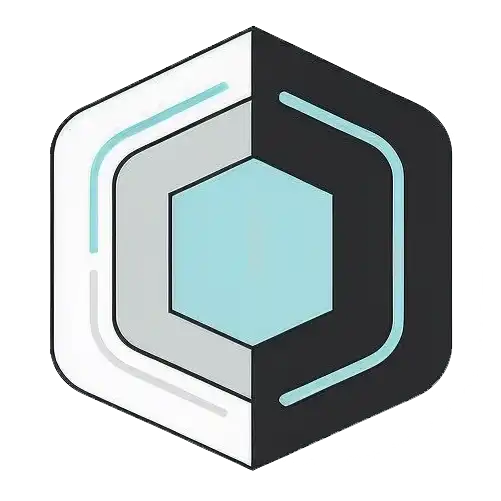Monday 31 March 2025, 02:11 PM
How 3D printing transforms education
3D printing transforms education by making learning tangible, enhancing engagement, sparking creativity, and developing future-ready skills across subjects.
Introduction
Imagine being able to hold a complex mathematical model in your hands or bringing a historical artifact into the classroom without leaving the school. Sounds like something out of a sci-fi movie, right? Well, with the advent of 3D printing technology, these scenarios are now a reality in education. 3D printing is not just for engineers and hobbyists anymore; it's transforming how students learn and interact with the world around them.
Making learning tangible
Bridging the gap between theory and reality
One of the biggest challenges in education is making abstract concepts understandable. 3D printing bridges this gap by allowing students to turn ideas into physical objects. Whether it's printing a model of a DNA helix in biology class or creating geometric shapes in math, students can better grasp complex subjects when they can see and touch them.
Enhancing engagement through hands-on experience
Let's face it, traditional lectures can sometimes fail to capture students' attention. Incorporating 3D printing into lessons turns passive learning into an interactive experience. When students are involved in creating something tangible, their engagement levels soar. They become active participants in their education, which can significantly enhance understanding and retention of information.
Sparking creativity and innovation
Encouraging experimentation
3D printing provides a sandbox for students to experiment without severe consequences. They can design prototypes, test them, and learn from the outcomes. This iterative process promotes a growth mindset, where mistakes are seen as learning opportunities rather than failures.
Fostering problem-solving skills
When students design and print objects, they often encounter challenges that require creative solutions. This process helps develop critical thinking and problem-solving skills. It pushes them to think outside the box and come up with innovative approaches to overcome obstacles.
Applications across various subjects
Revolutionizing science education
In science classes, 3D printing can be used to create models of molecules, organs, or even entire ecosystems. This hands-on approach makes it easier for students to understand complex biological structures and processes. For instance, printing a model of the human heart can help students visualize how blood flows through its chambers.
Enhancing engineering and technology lessons
Engineering and technology courses naturally align with 3D printing. Students can design components and see how they fit together in real life. It brings the design process full circle, from concept to physical product, providing invaluable practical experience.
Bringing art and design to life
Artists and designers benefit greatly from 3D printing by turning their digital concepts into physical pieces. It opens up new avenues for creativity and allows for the exploration of forms that might be challenging to create by hand.
Making math measurable
Geometry and complex mathematical concepts become more accessible when students can manipulate models physically. Printing geometric shapes helps in visualizing formulas and theorems, making math less abstract and more concrete.
Connecting with history and geography
3D printing can recreate historical artifacts or geographical terrains, giving students a tangible connection to the past and different parts of the world. Holding a replica of an ancient tool or a scale model of a mountain range can make lessons more immersive.
Developing essential skills for the future
Building technical proficiency
As 3D printing technology becomes more prevalent in various industries, familiarity with it gives students a competitive edge. Learning to use 3D modeling software and printers equips them with valuable technical skills relevant in the modern workforce.
Promoting collaboration
Working on 3D printing projects often requires teamwork. Students collaborate on design ideas, divide tasks, and solve problems together. This collaborative environment mirrors real-world work settings and helps develop interpersonal skills.
Making education more accessible
Customizing learning materials
3D printing allows educators to create customized learning aids tailored to their students' needs. For students with learning disabilities or special needs, bespoke tools can make a significant difference in comprehension and engagement.
Democratizing technology
By integrating 3D printing into schools, students from all backgrounds get exposure to cutting-edge technology. It levels the playing field, giving everyone the opportunity to learn and innovate regardless of their socioeconomic status.
Overcoming challenges
Addressing cost concerns
One of the main hurdles in adopting 3D printing is the initial investment in equipment. However, as technology advances, the costs are gradually decreasing. Schools can also look into grants, partnerships with businesses, or community fundraising to acquire the necessary resources.
Providing teacher training
For effective integration, teachers need to feel comfortable with the technology. Professional development and training programs are essential to empower educators to incorporate 3D printing into their curriculum confidently.
Looking towards the future
3D printing is more than just a novel gadget; it's a transformative tool that enriches education. As the technology continues to evolve, its applications in the classroom will expand even further. By embracing 3D printing, we're not only enhancing learning experiences but also preparing students for a future where technology and innovation go hand in hand.
Final thoughts
Incorporating 3D printing into education is like opening a door to endless possibilities. It turns classrooms into innovation hubs where ideas become reality. By making learning interactive, tangible, and fun, we're inspiring the next generation of thinkers, creators, and problem-solvers. So here's to a future where education is not just about absorbing information but also about creating, experimenting, and bringing imagination to life.

